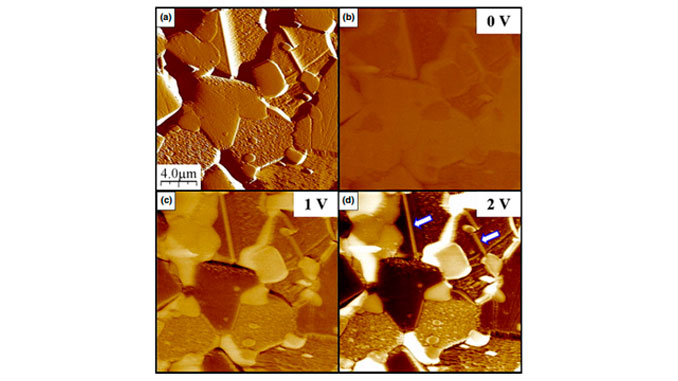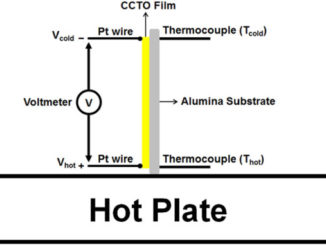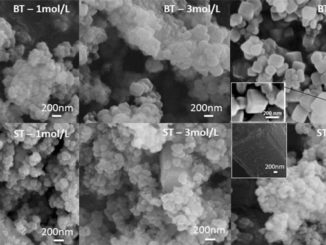
Writers: M. A. Ramırez, R. Tararam, A. Z. Simoes, A. Ries, E. Longo, J. A. Varela
Keywords: Varistors; Microscopy; method
Abstract: The degradation phenomena of ZnO and SnO2-based varistors were investigated for two different degradation methods: DC voltage at increased temperature and degradation with 8/20 ls pulsed currents (lightning type). Electrostatic force microscopy (EFM) was used to analyze the surface charge accumulated at grain-boundary regions before and after degradation. Before the degradation process, 85% of the barriers are active in the SnO2 system, while the ZnO system presents only 30% effective barriers. Both systems showed changes in the electrical behavior when degraded with pulses. In the case of the ZnO system, the behavior after pulse degradation was essentially ohmic due to the destruction of barriers (about 99% of the interfaces are conductive). After the degradation with 8/20 ls pulsed currents, the SnO2 system still presents nonohmic behavior with a significant decrease in the quantity of effective barriers (from 85% to 5%). However, when the degradation is accomplished with continuous current, the SnO2 system exhibits minimum variation, while the ZnO system degrades from 30% to 5%. This result indicates the existence of metastable defects of low concentration and/or low diffusion in the SnO2 system. High energy is necessary to degrade the barriers due to defect annihilation in the SnO2 system.
See PDF: Degradation Analysis of the SnO2 and ZnO-Based Varistors Using Electrostatic Force Microscopy
DOI: 10.1111/jace.12241




